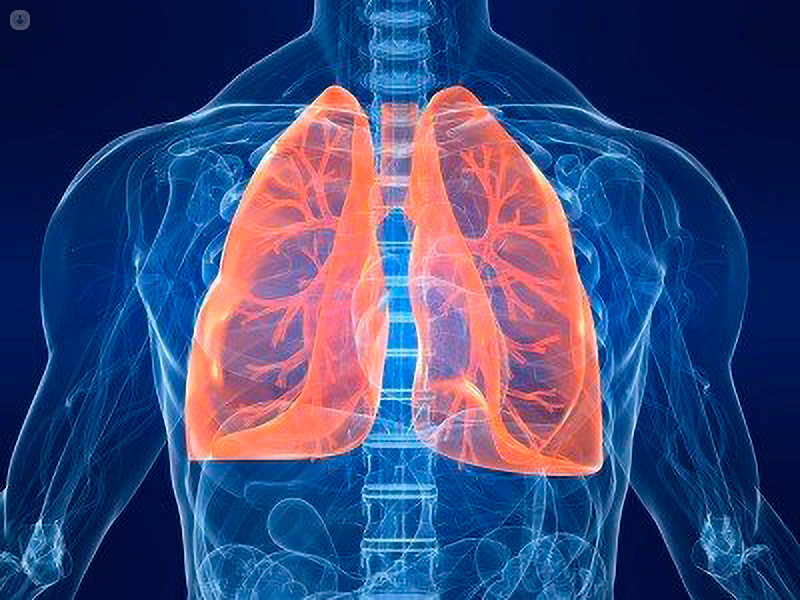A new treatment for pulmonary hypertension?
Escrito por:Balloon pulmonary angioplasty is a new treatment which could be suitable for patients who are unable to undergo surgery for pulmonary hypertension. We asked leading consultant cardiologist Dr John Gerry Coghlan what this new treatment involves, how long you’ll need to stay in hospital, and what the risks are.

Who is a balloon pulmonary angioplasty for?
Balloon pulmonary angioplasty is sometimes offered if you are suffering from high blood pressure in the lungs (pulmonary hypertension).
High blood pressure in the lungs is serious because it causes breathlessness and heart failure. While there are many causes of high blood pressure in the lungs, one important and potentially curable form of pulmonary hypertension is chronic thromboembolic disease – where clots in the lung arteries have failed to clear and are replaced by scar tissue.
The standard way of dealing with this is surgical removal. In about 1/3 of patients with this condition surgery is not possible, and in a proportion of those who undergo surgery, this is not successful in removing the material. These people are the ones where balloon pulmonary angioplasty can help.
How does it work?
Balloon pulmonary angioplasty works much like stenting for angina, but there are some important differences.
Firstly, nothing is left in the artery – since in the lung arteries just blowing a balloon up in the artery to move the scar aside is usually successful – and unlike the heart arteries, the vessels do not normally re-narrow after ballooning.
Secondly many more vessels need to be treated. In coronary angioplasty (usually with stenting), the cardiologist tackles 1 – 3 blockages in a maximum of 3 heart vessels. In balloon pulmonary angioplasty we treat20 – 40 narrowings in up to 20 lung territories. Because of this, we usually need to perform a number of procedures on different days, usually 3 to 4 procedures over a period of 3 to 4 months.
Once we have cleared enough blockages to allow blood to flow more easily through the lungs, the pressure in the artery falls and breathing improves.
The procedure is done under mild sedation, since it is not painful and we need you to repeatedly hold your breath (as long as possible) while working on the vessels.
What happens after the procedure?
Each procedure lasts 1 – 1.5 hours. Generally you can return to the ward immediately after the procedure.
You will be monitored for any reduction in oxygen levels, increase in heart rate or drop in blood pressure for a few hours (as these might suggest a complication has occurred). A chest x-ray is checked to ensure no fluid has leaked into the lung, then your usual anticoagulation is restarted.
If all is well you will be discharged 48 hours after the first procedure and the next day after subsequent procedures.
What are the risks?
Risks are falling as experience has been gained. From recent international registries, the rate of death is 0.5%, bleeding into the lungs 5%, and fluid into lungs also 5%. These last two are generally quite minor issues but delay discharge for a few days.
Death as a complication is getting much less frequent – but it is important to remember that we are dealing with a condition where untreated death rates of 5 - 10% per year is the rule, and this is much reduced with successful treatment. However, you should know that so far we only have enough evidence to be sure about the effect on death rates with surgery. While we gather data on the effect of BPA on improving survival, surgery will remain the preferred option.


